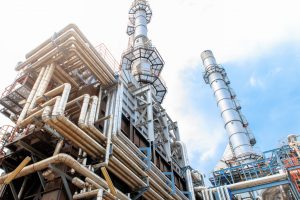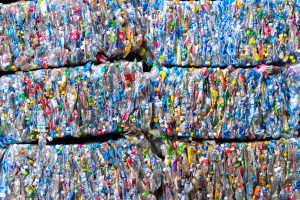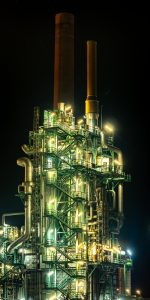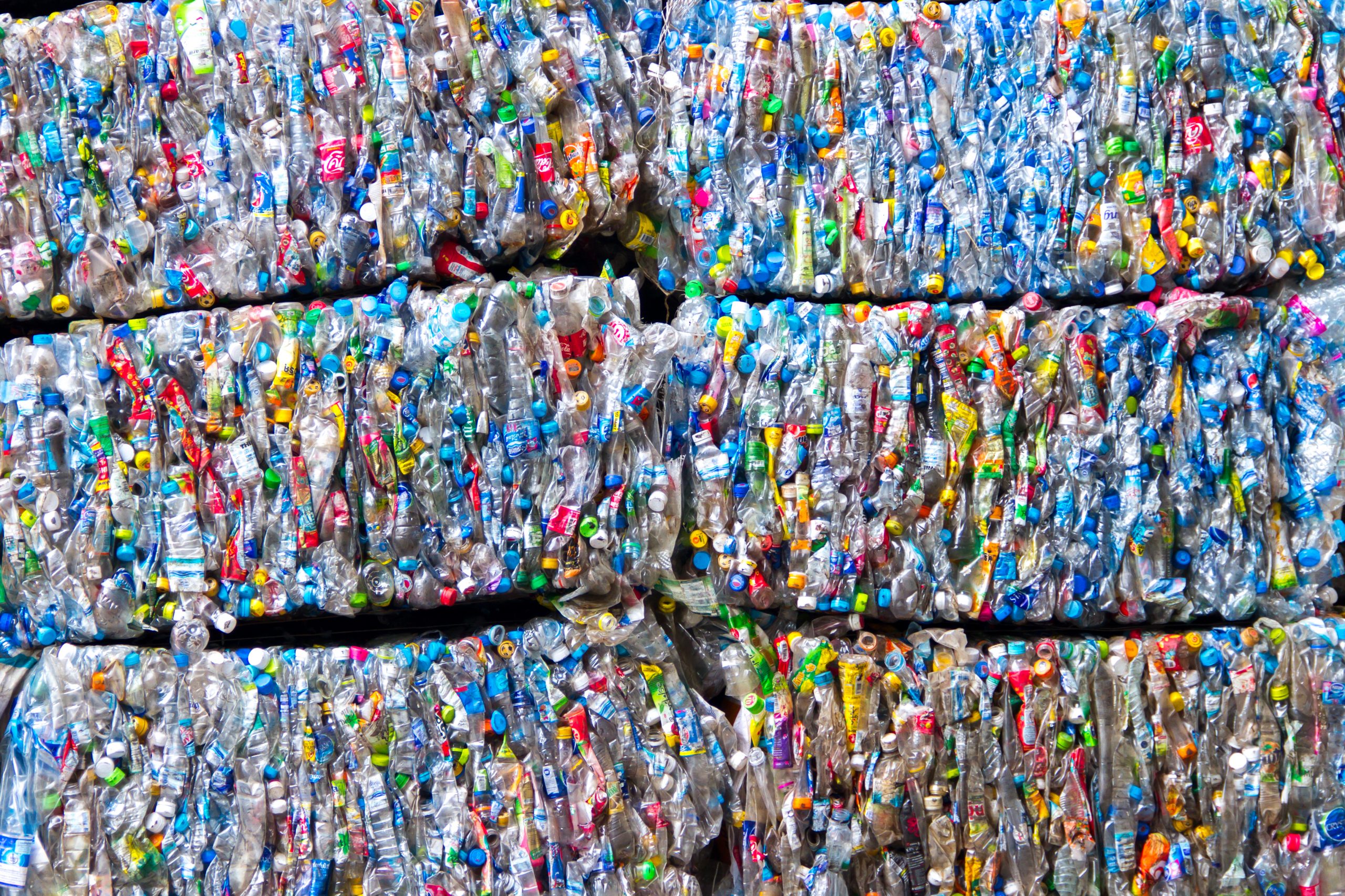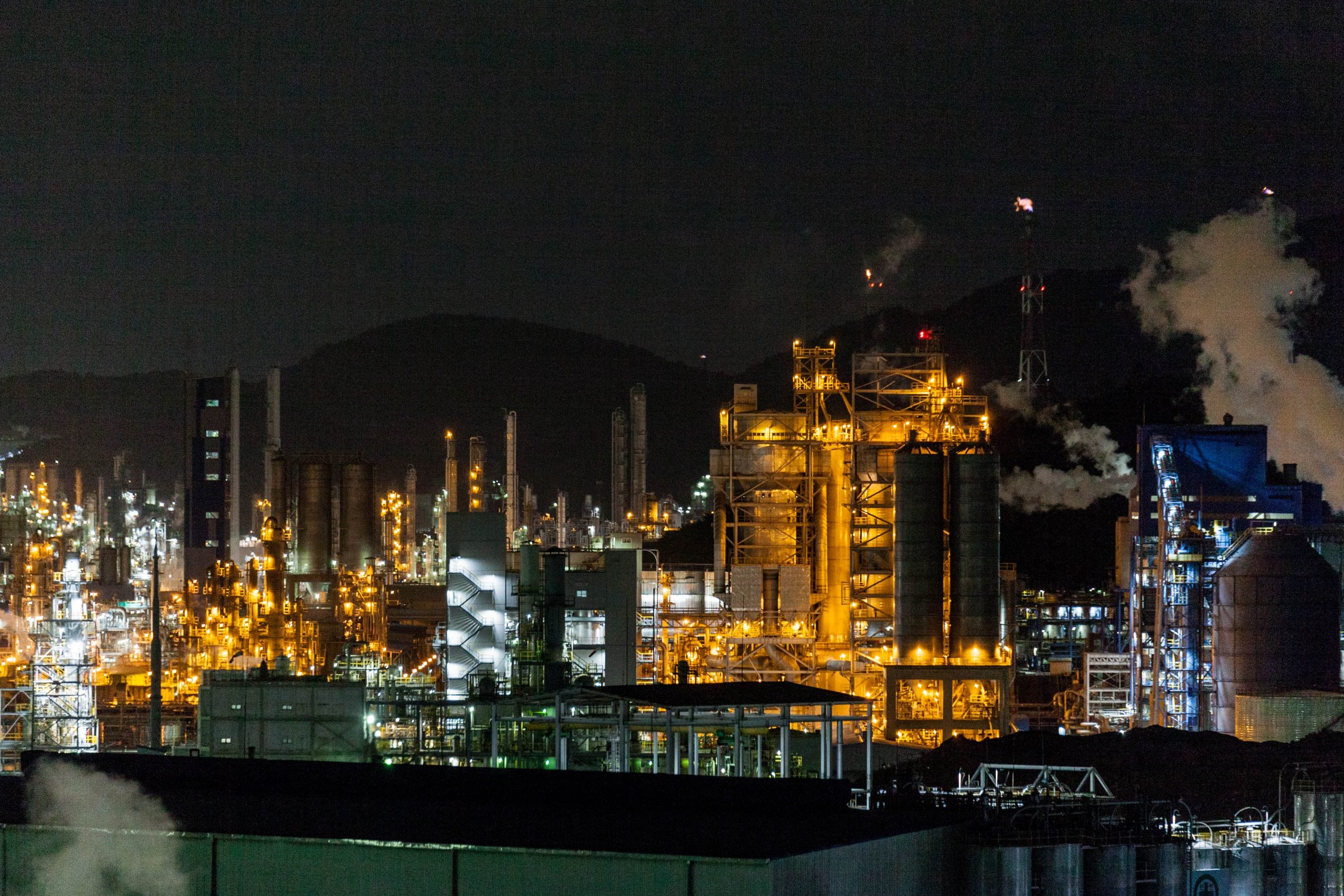WS5 Recycling and end-of-life options
Background: Primary feedstocks to the chemical manufacturing industry include ethane, propane, butanes, and pentanes (known as C2−C5 alkanes or natural gas liquids, NGLs). These are converted to more reactive olefins and then to commodity chemicals, including plastics. NGLs are sourced from by-products of natural gas processing (called natural gas plant liquids, NGPLs) or from petroleum crude processing (called paraffinic liquefied refinery gases, LRGs). Petroleum processing has traditionally been a prominent source of C2−C5 alkanes. However, recent advancements in horizontal drilling and hydraulic fracturing in tight oil and shale formations have increased the availability of wet natural gas (NG) and NGPLs in the United States. The US chemical industry is adapting to increased availability of low-cost natural gas and NGLs, and since 2009, NGL based feedstocks have increased dramatically, and the use of heavy liquids (such as naphtha from petroleum processing) has decreased at a similar rate.
Proposal: The transformation from light to heavy feedstocks in chemical manufacturing opens up opportunities for enhanced circular polymer processing and the integration of waste plastic de-polymerization chemical manufacturing. We will explore these possibilities using a model of US chemical manufacturing industry, as an interconnected network of approximately 1000 chemical processes that convert a small number of primary raw materials into hundreds of intermediate and final products.
Methodology: The model tracks materials used as input, products, fuel use, electricity use, and water use for every process. Our team has populated the model with current industry data and geospatial information concerning plant locations and capacities, and feedstock availability, to form a spatially resolved network of material flows, energy use and water use, with approximately 1000 chemical processes represented, data from which will also be used for processing engineering model calibration and validation in WS3. In this work we probe circular economy supply chain concepts for plastics in two steps:
– We will introduce into the network of US chemical manufacturing systems, a series of de-polymerization technologies, which convert waste polymers into commodity compounds such as benzene, styrene or other compounds. We will identify the price points at which de-polymerization reactions will be competitive in the evolving chemical manufacturing system.
– We will utilize the spatially resolved network modeling, that our team has recently initiated, to identify locations where de-polymerization pathways are most advantaged, because of waste polymer availability; high values for the de-polymerized products; large transport distances between monomer production and polymer production. The mapping in Figure 2 shows locations of chemical manufacturing facilities in the United States and some regions stand out as having significant polymer production relatively distant from the bulk of monomer production located in the Gulf Coast. Insights on the networks and conditions that lead to optimal recycling quantities in the United States will be generalized for application to other regions in the WS2 model, enabling assessment of how improved recycling rates can lead to life-cycle benefits globally.
Deliverables: This workstream will create a catalogue of end-of-life treatment options, including chemical recycling processes and the environmental impact of these options. The research will be published across four academic journal papers, and the model and data integrated into WS2.
